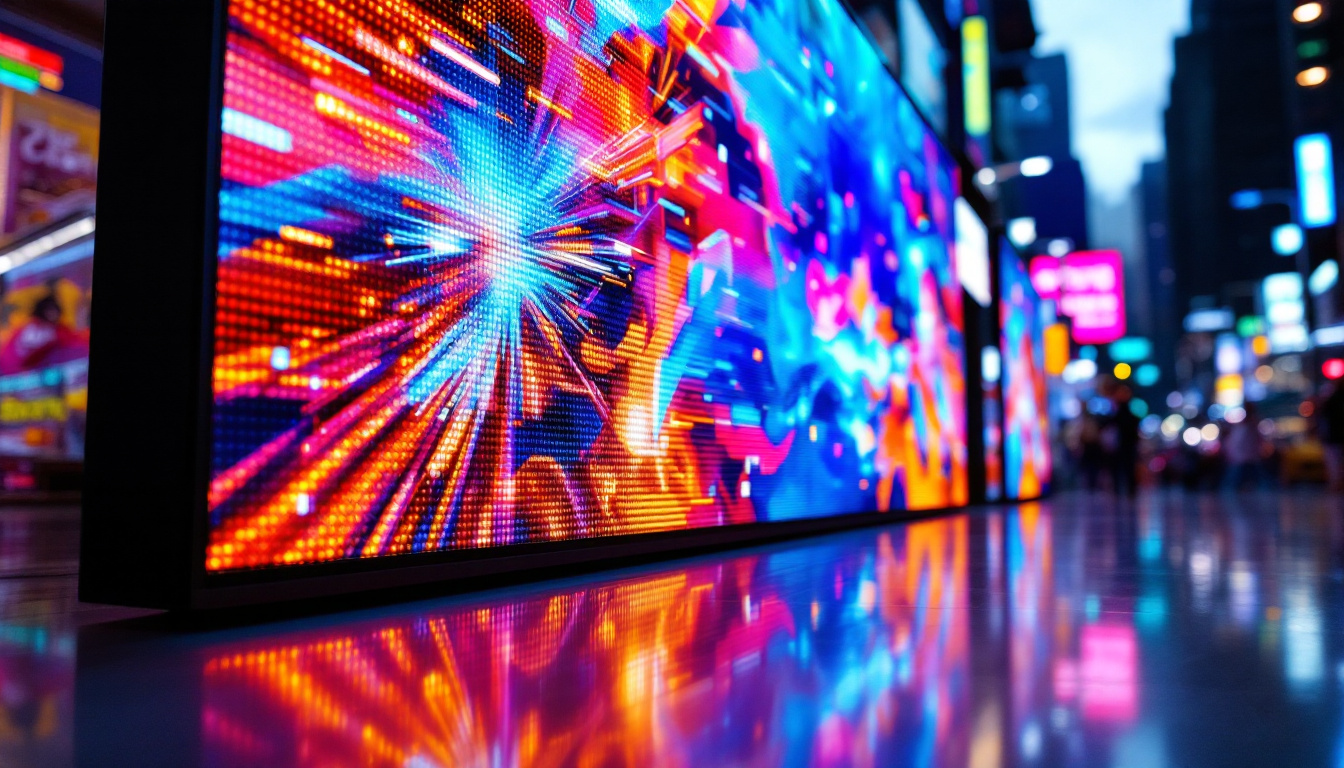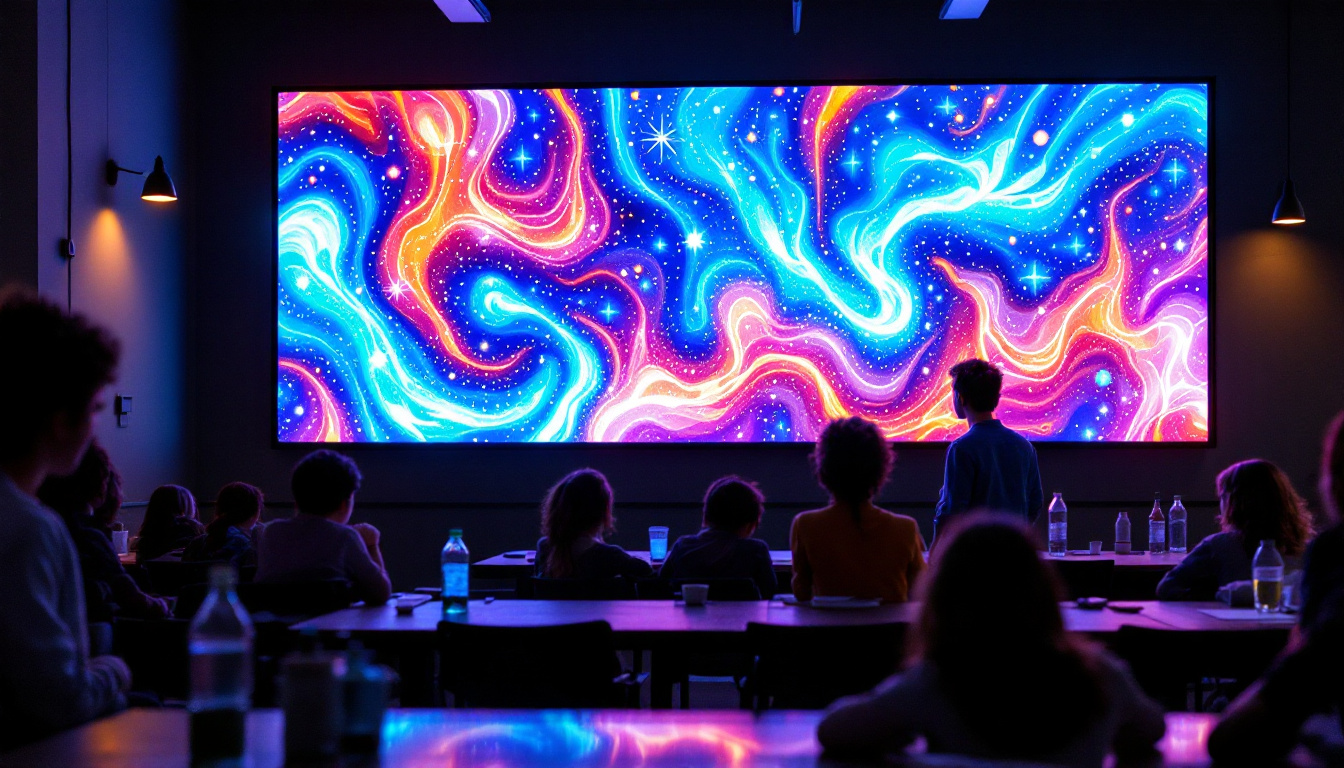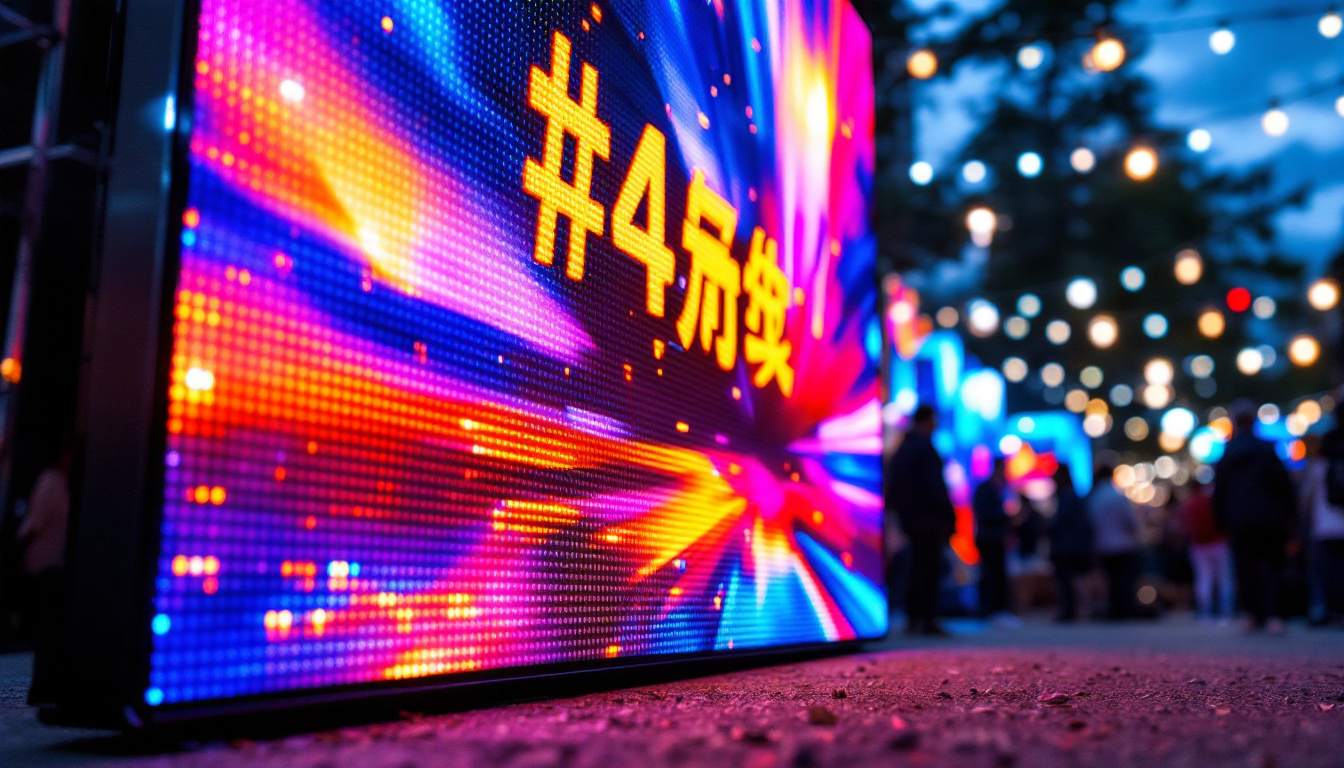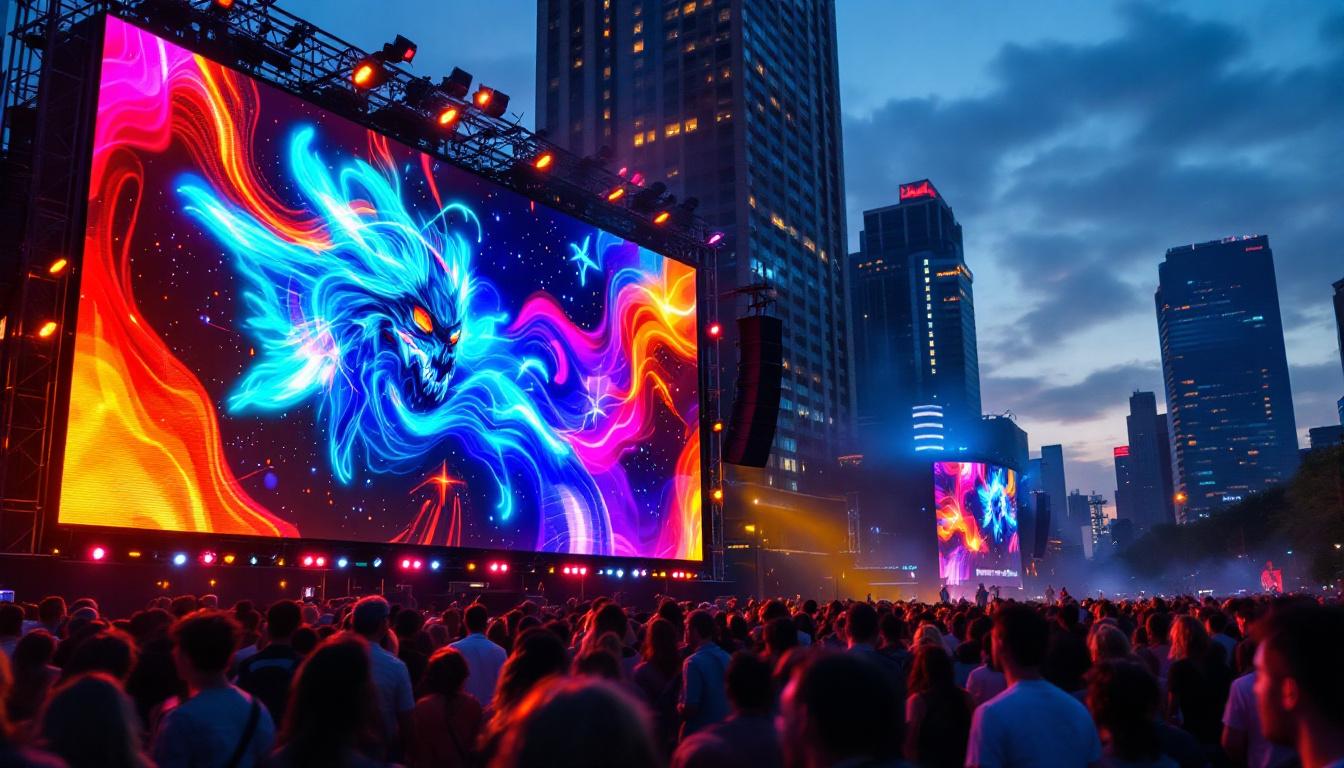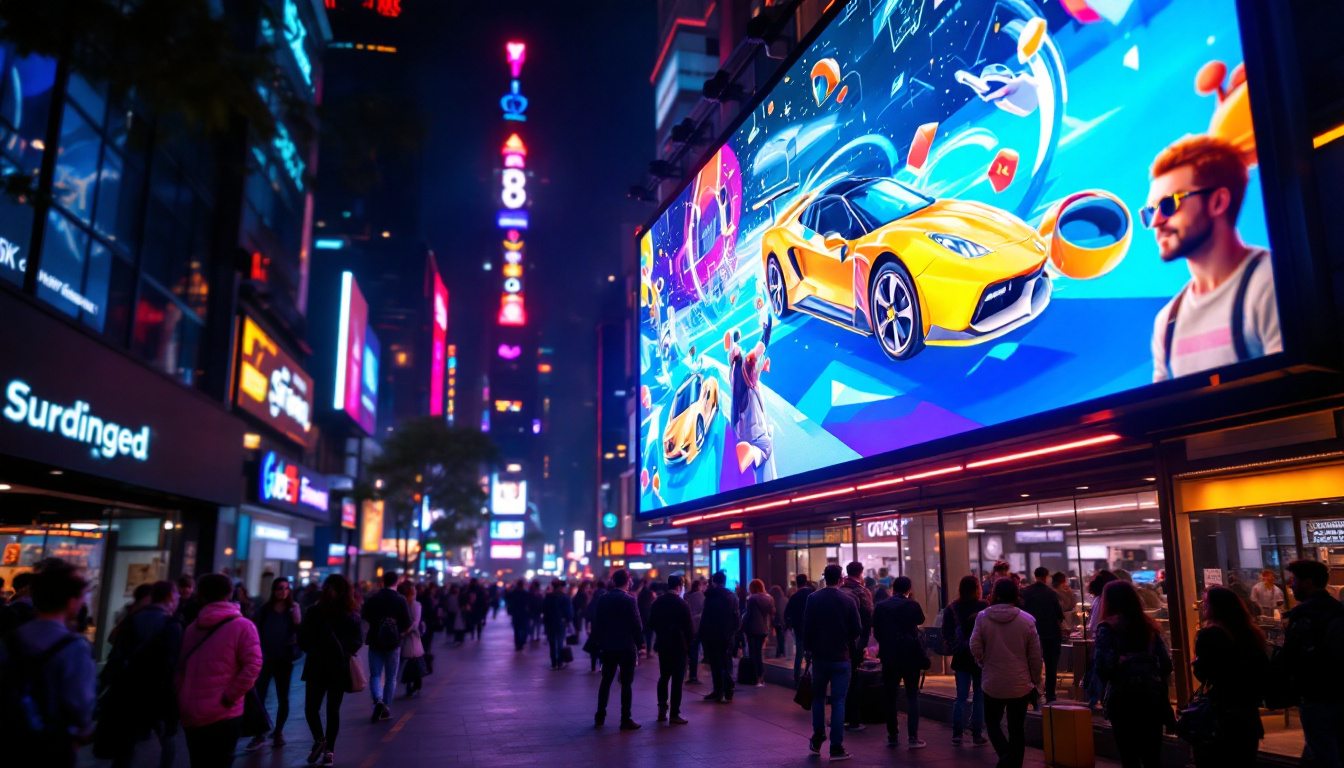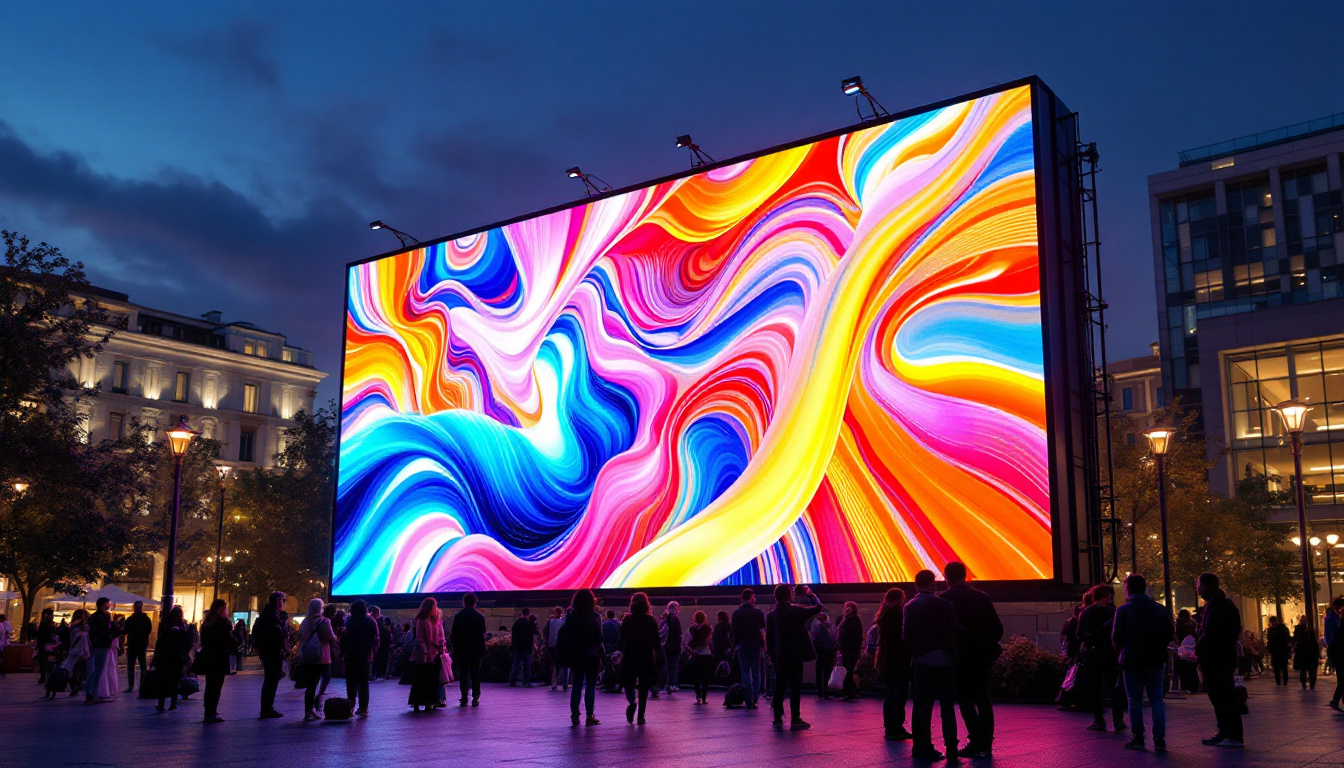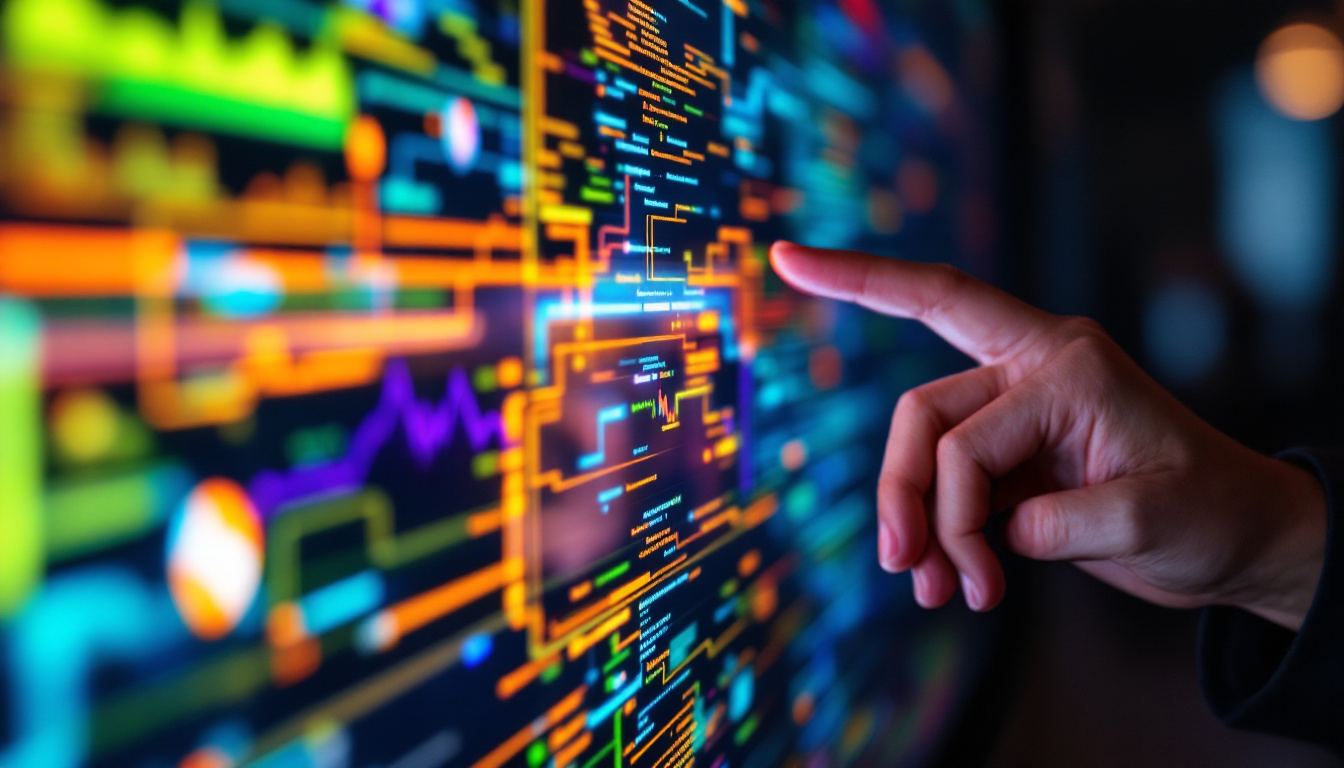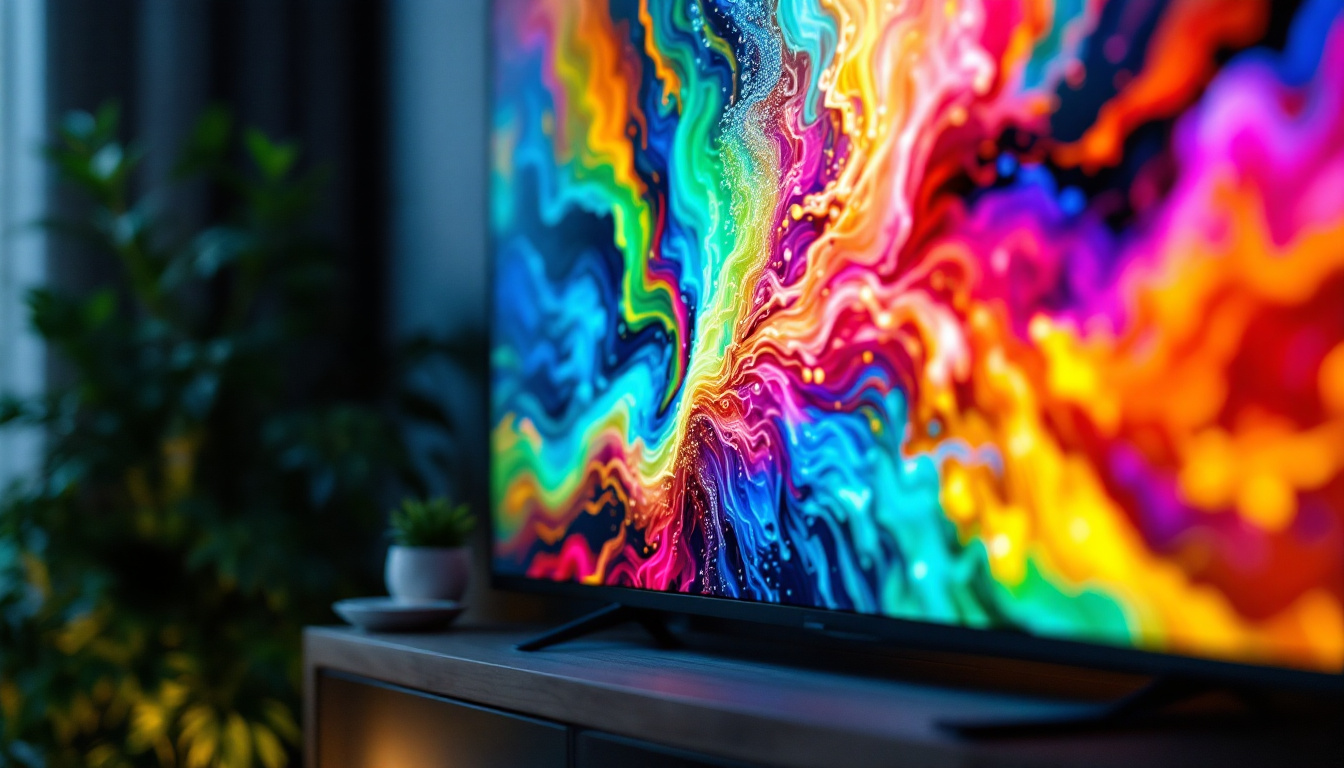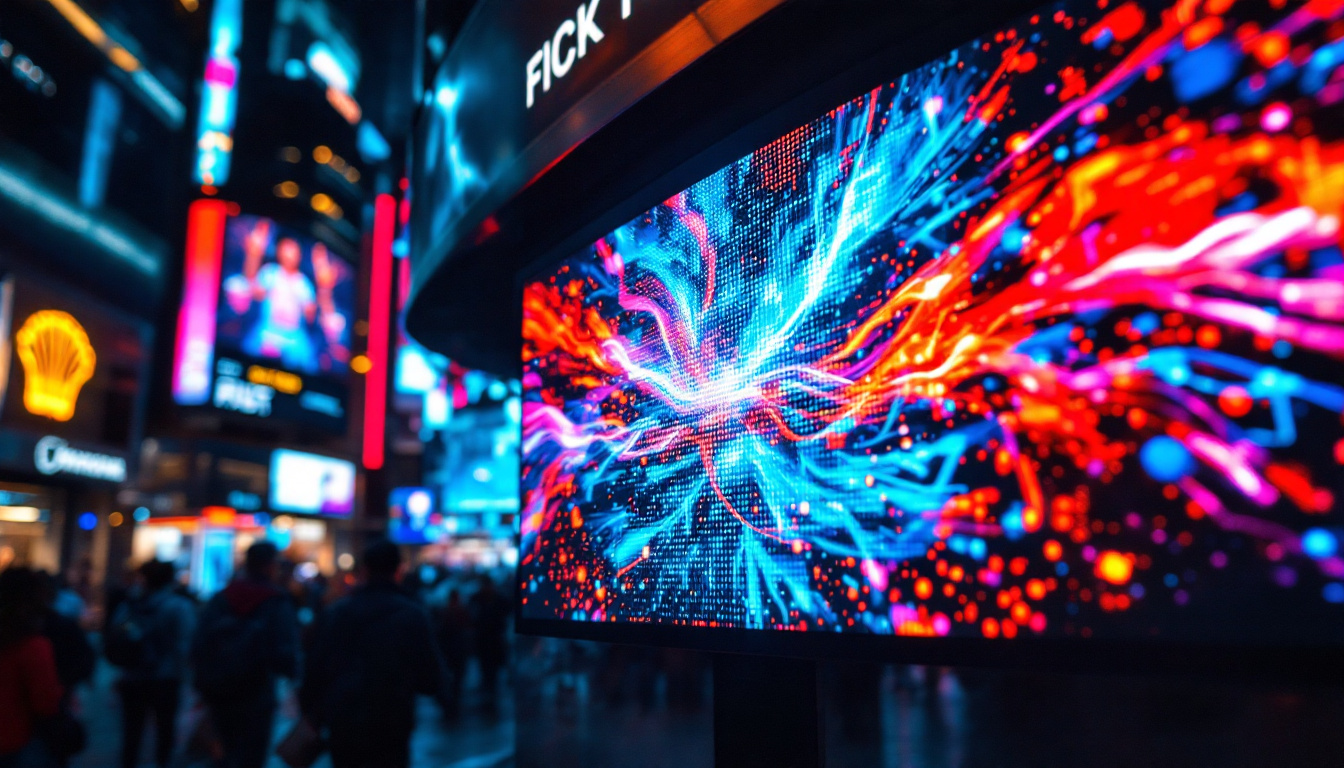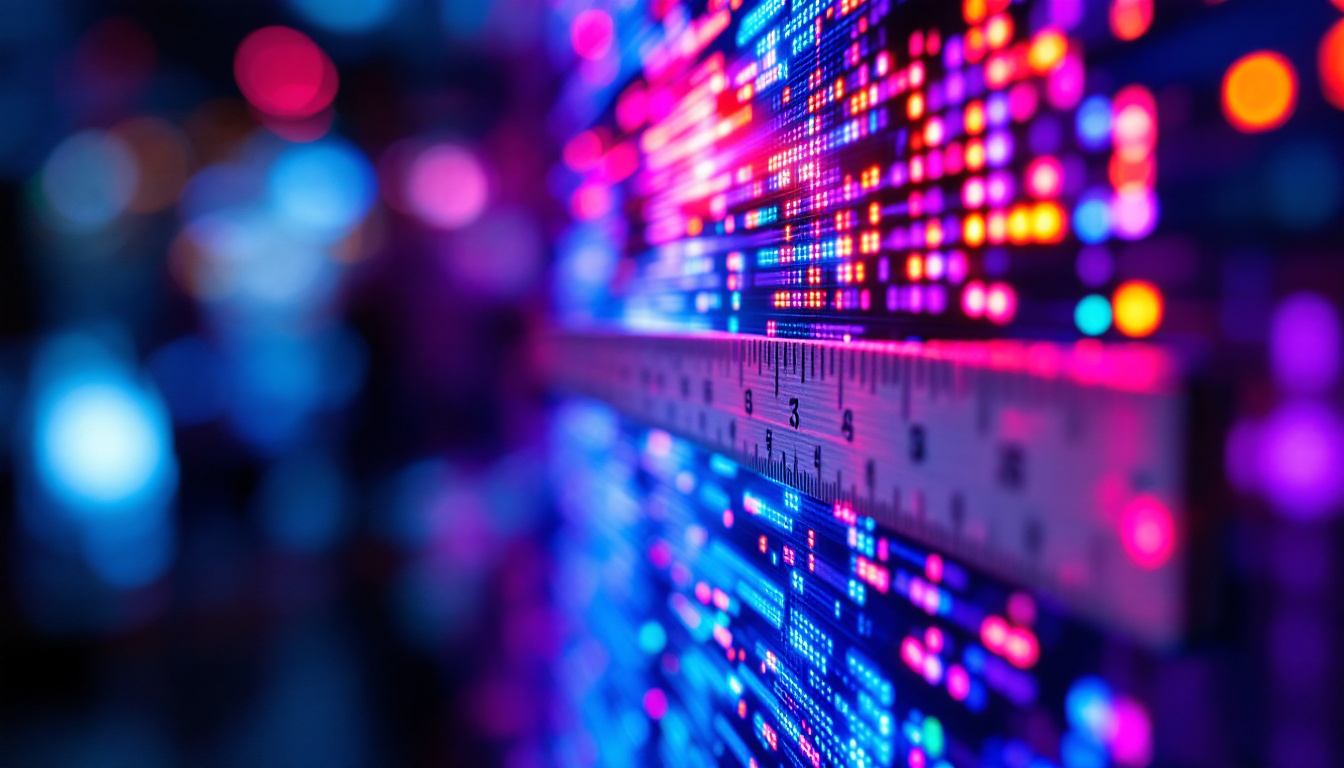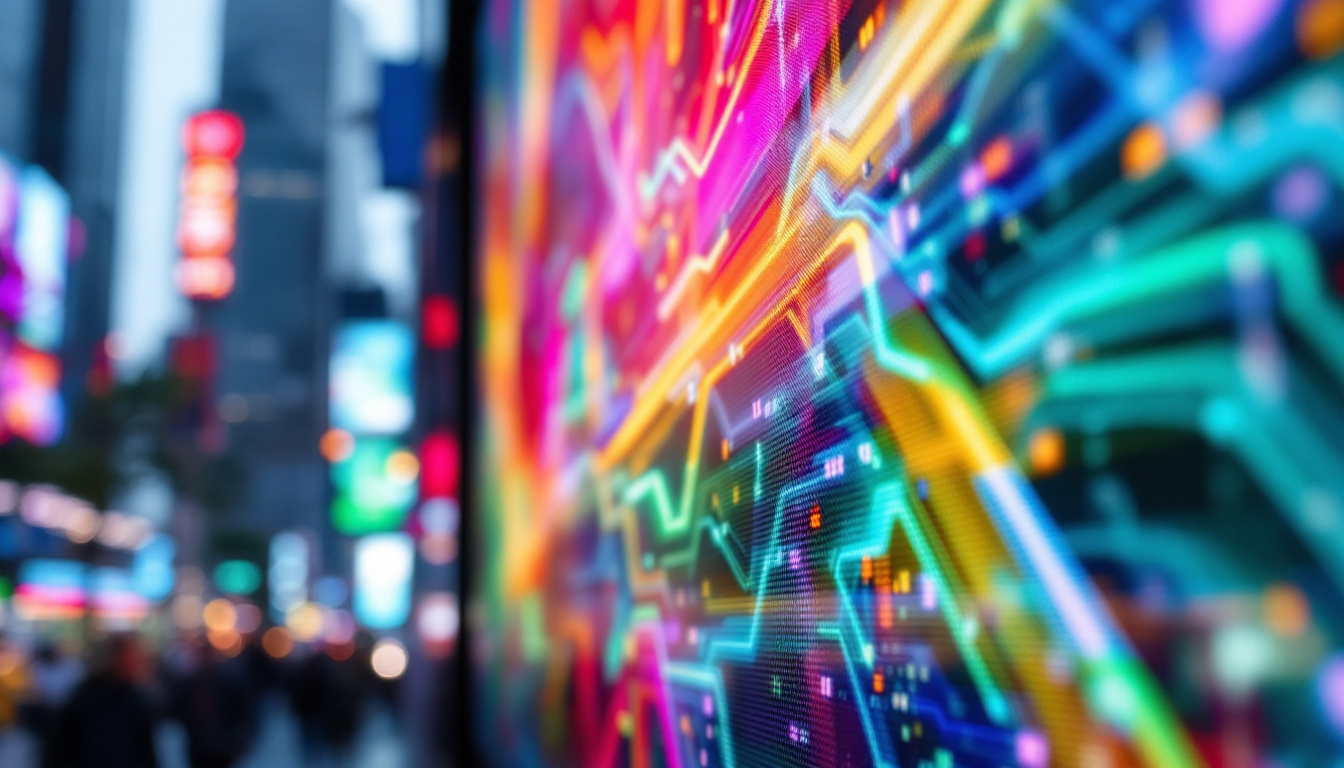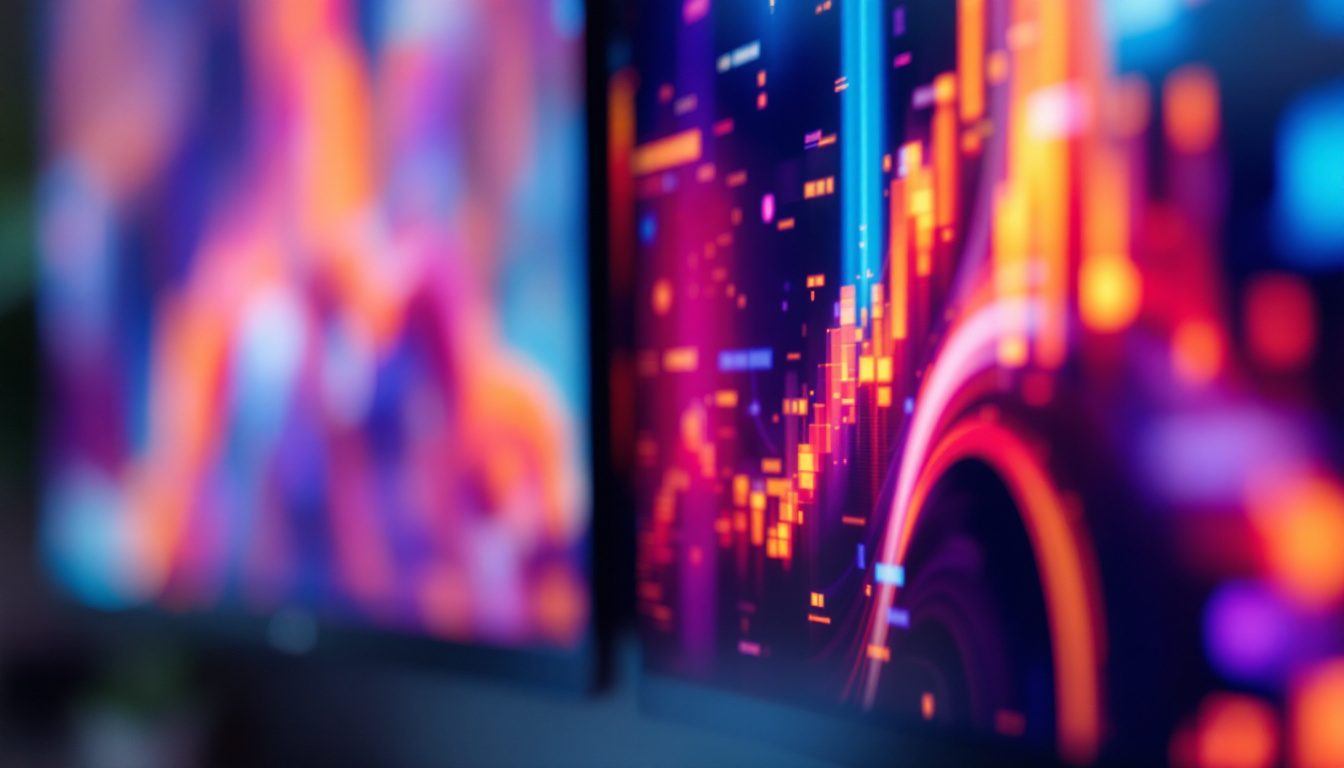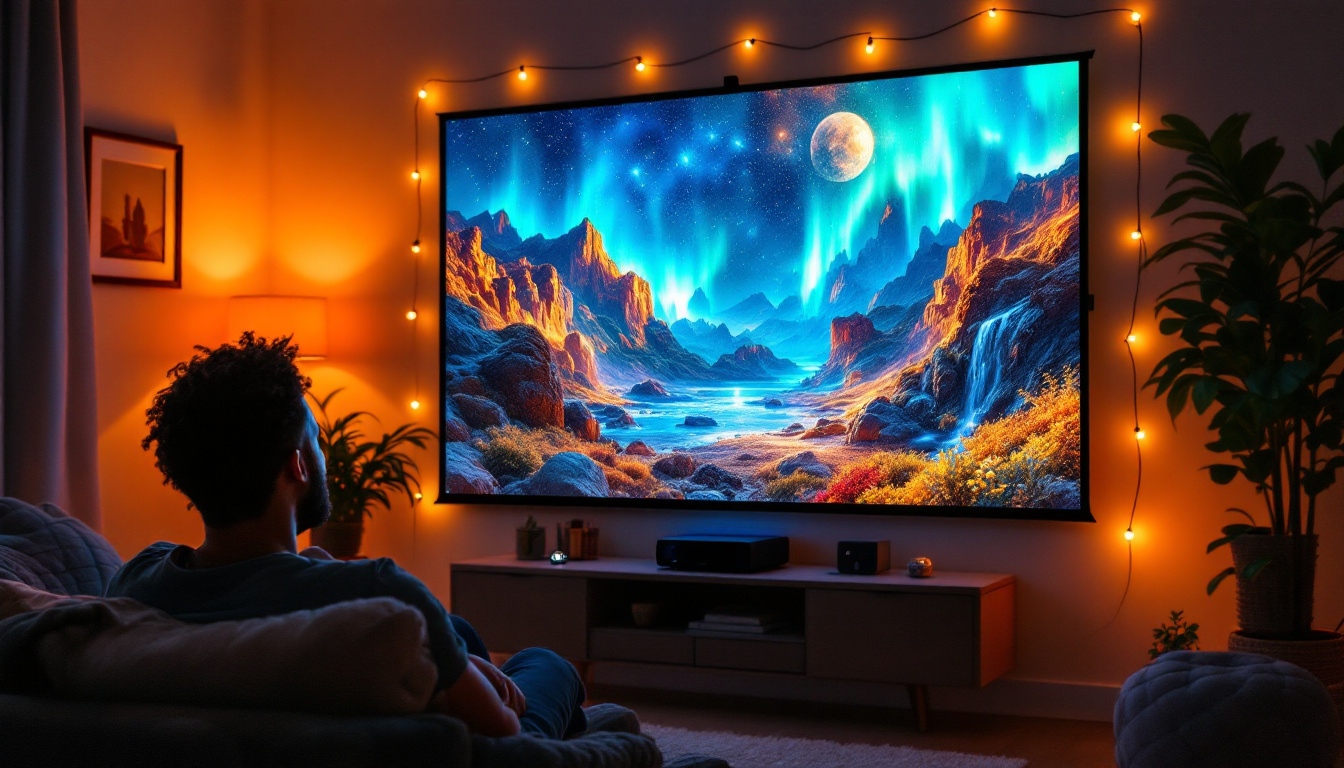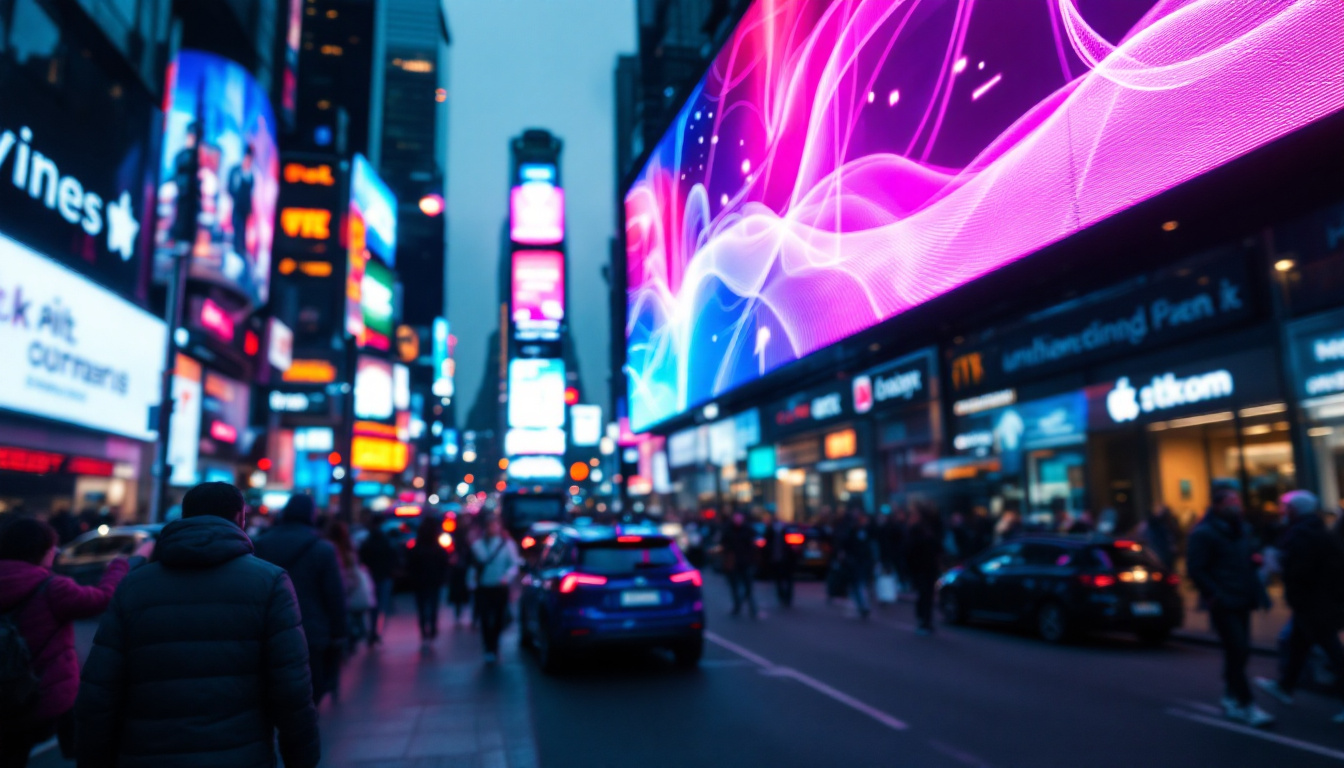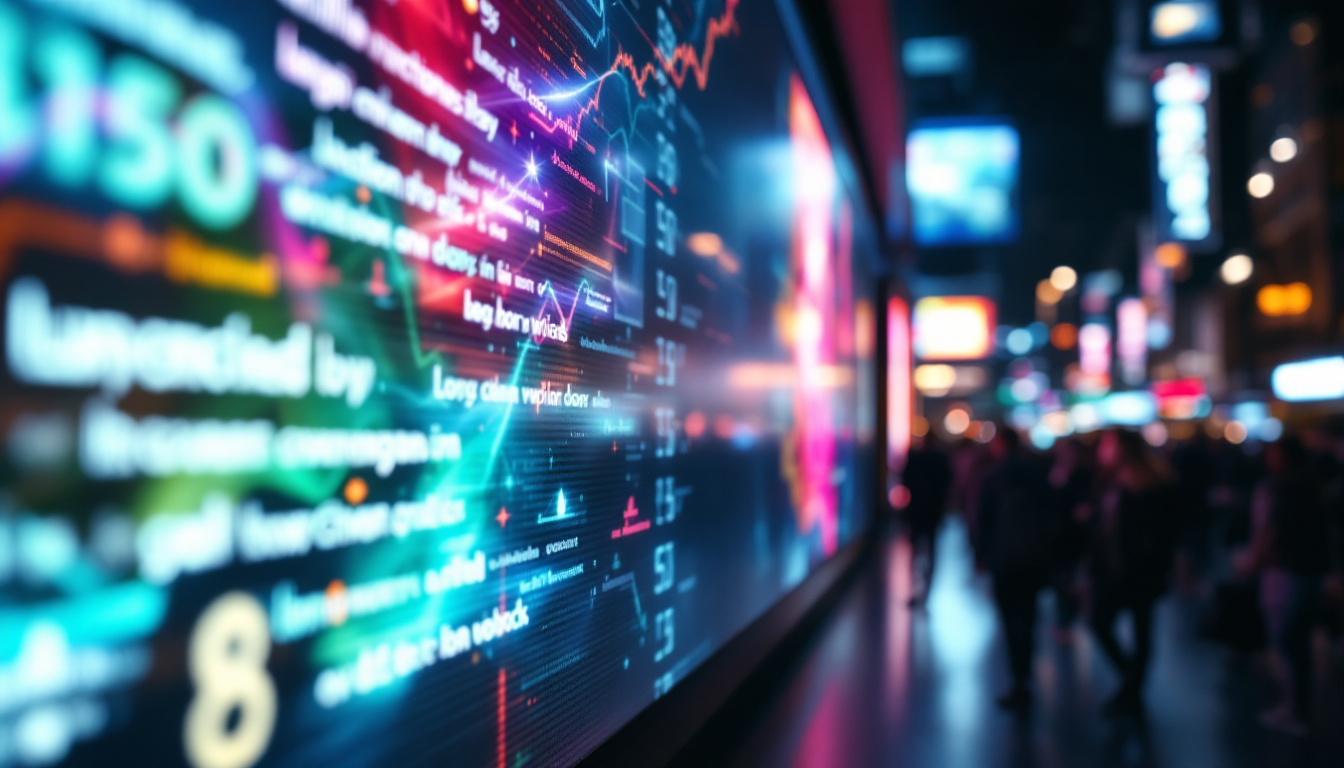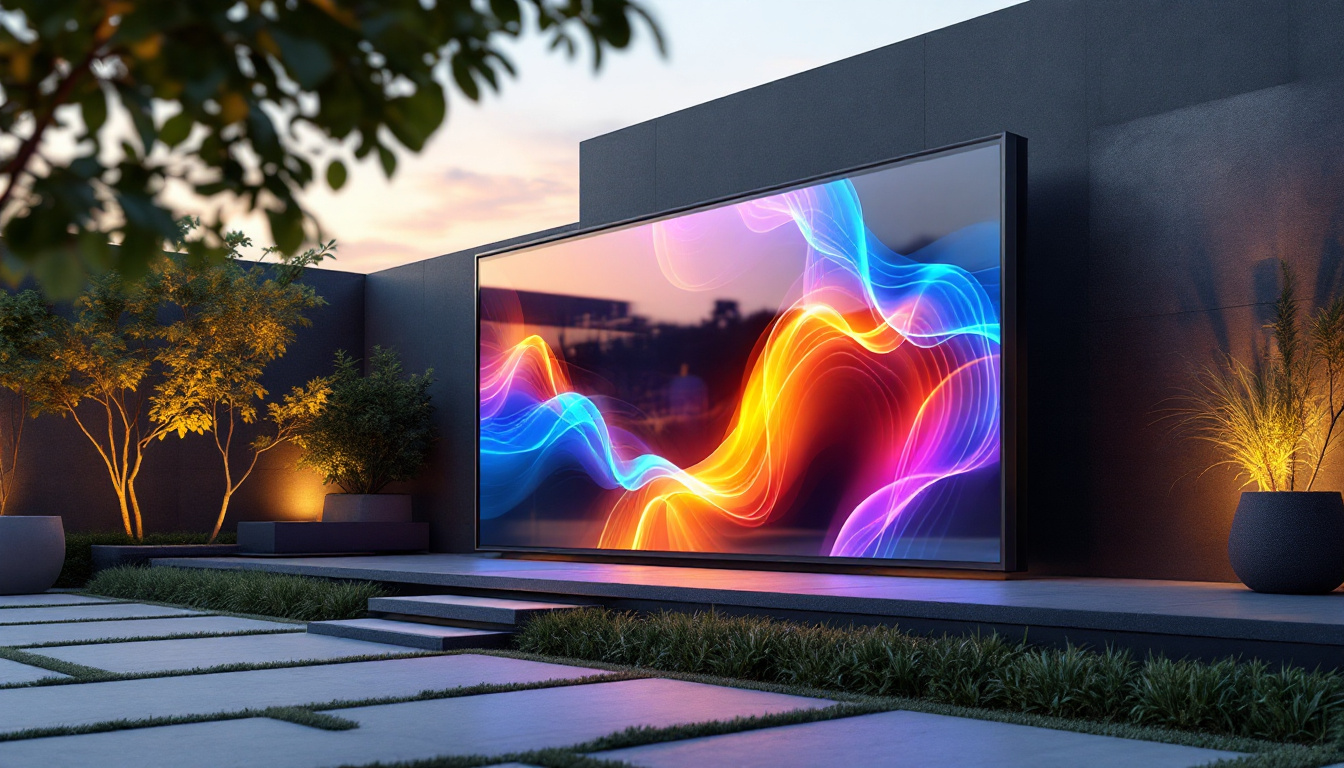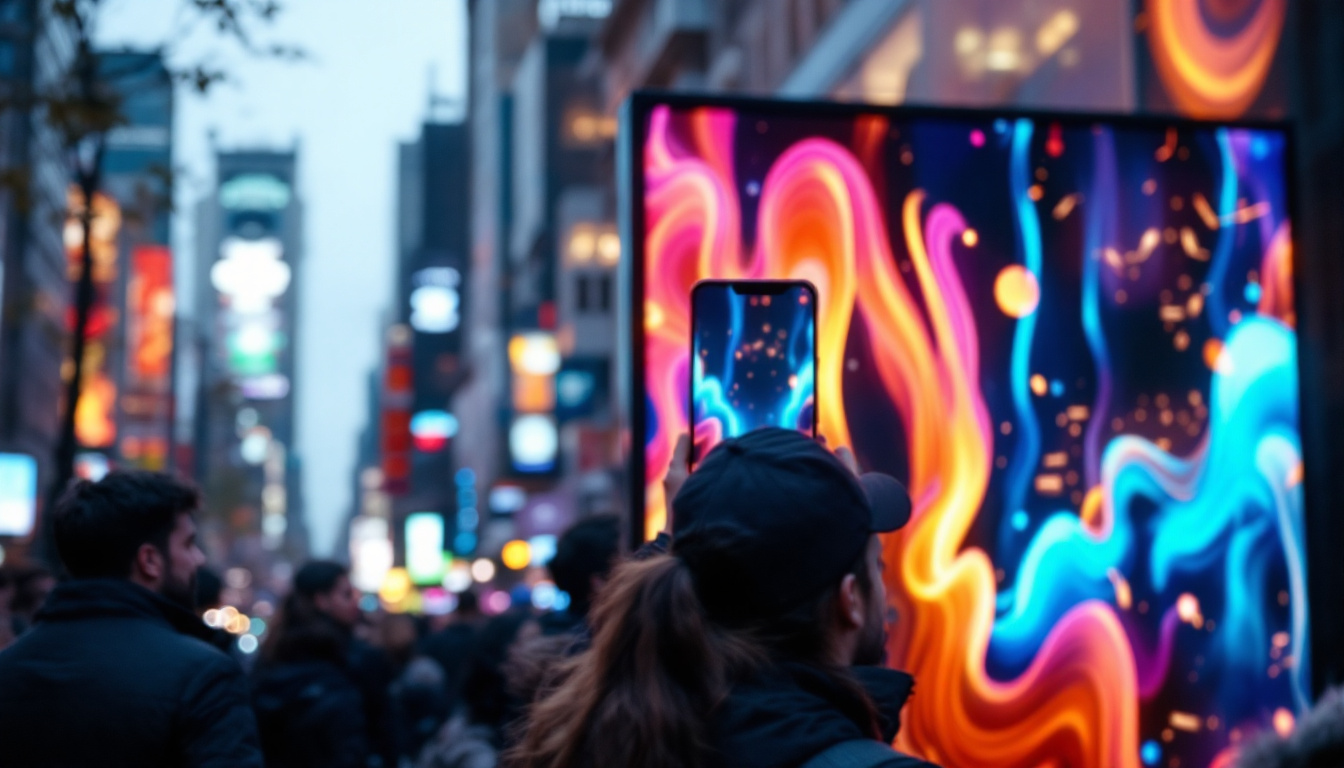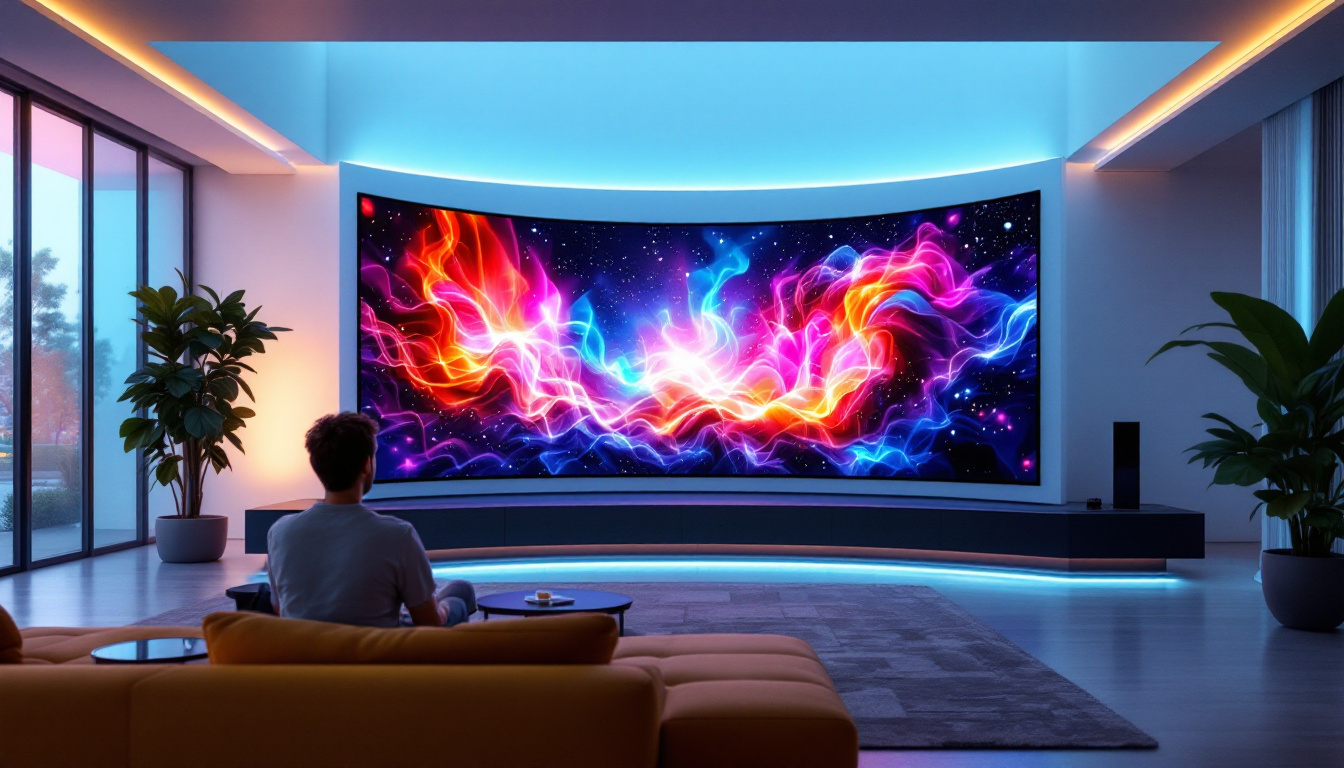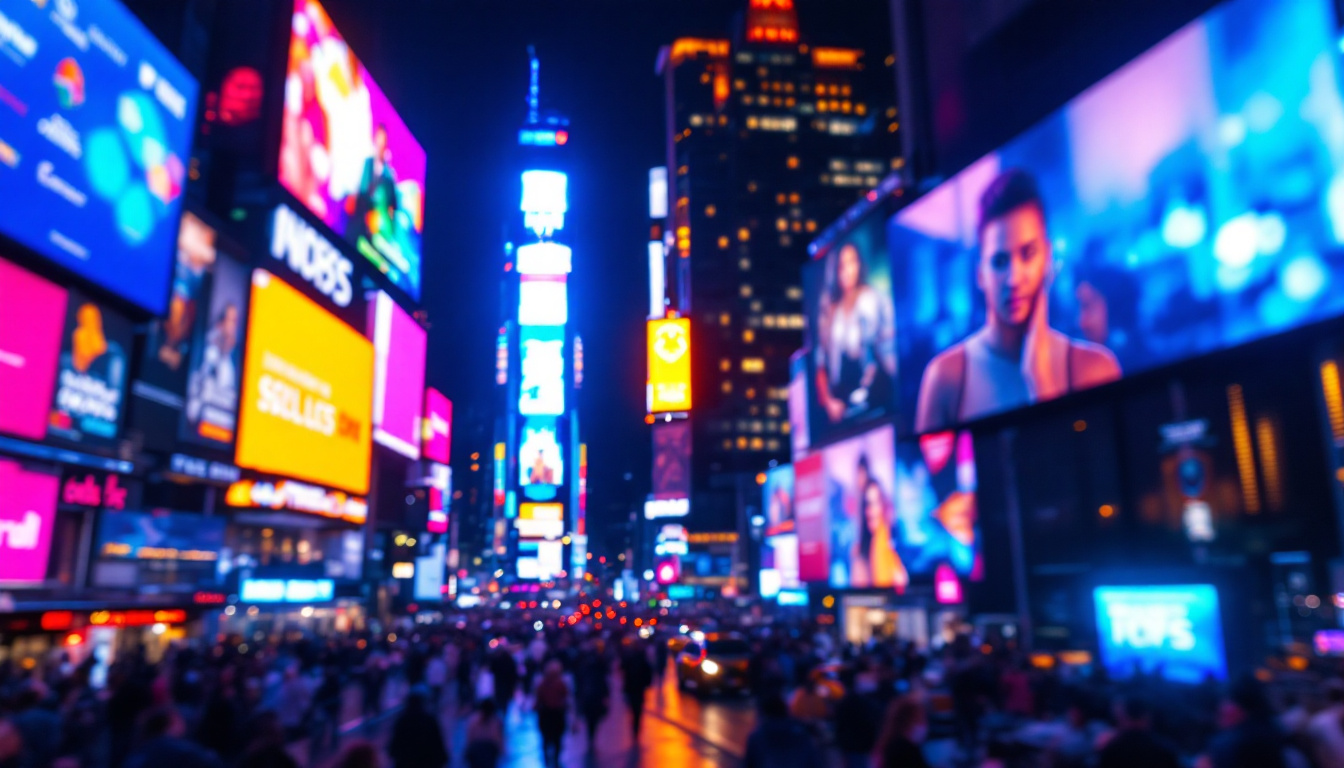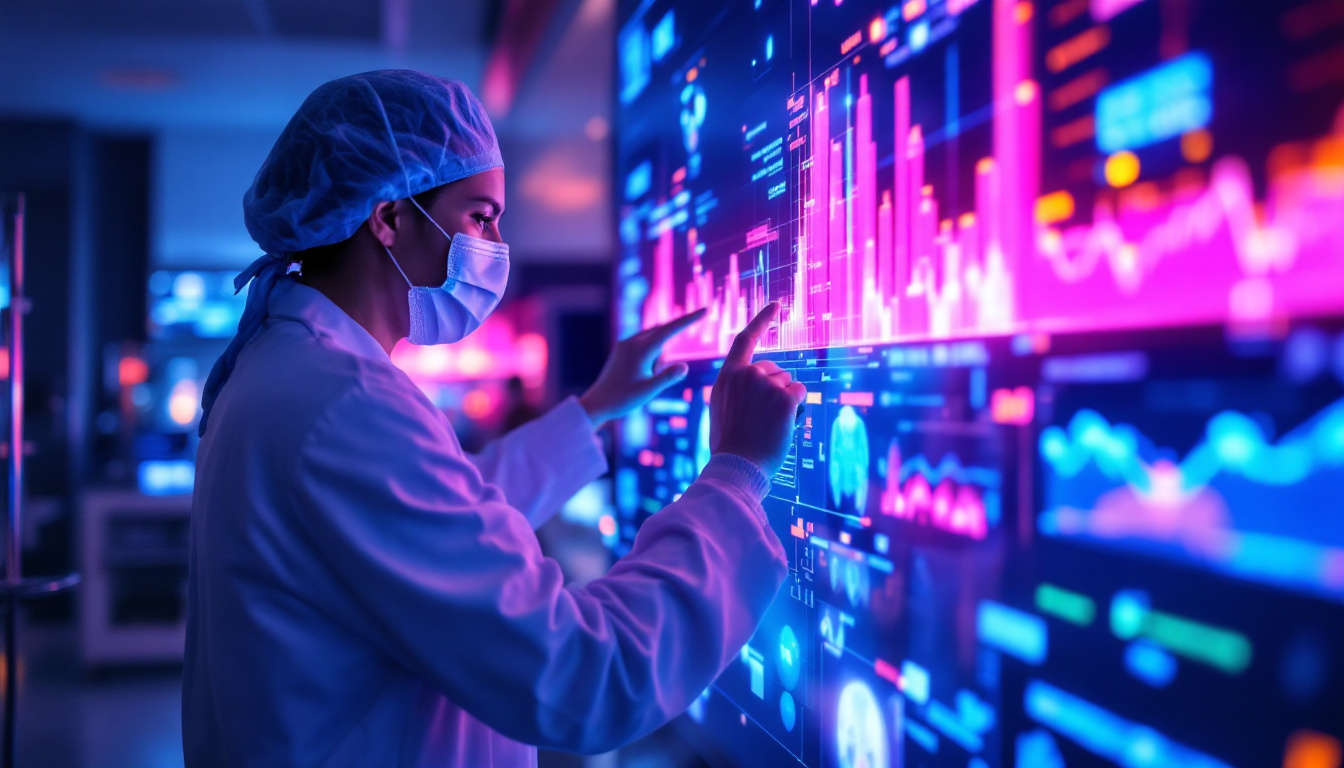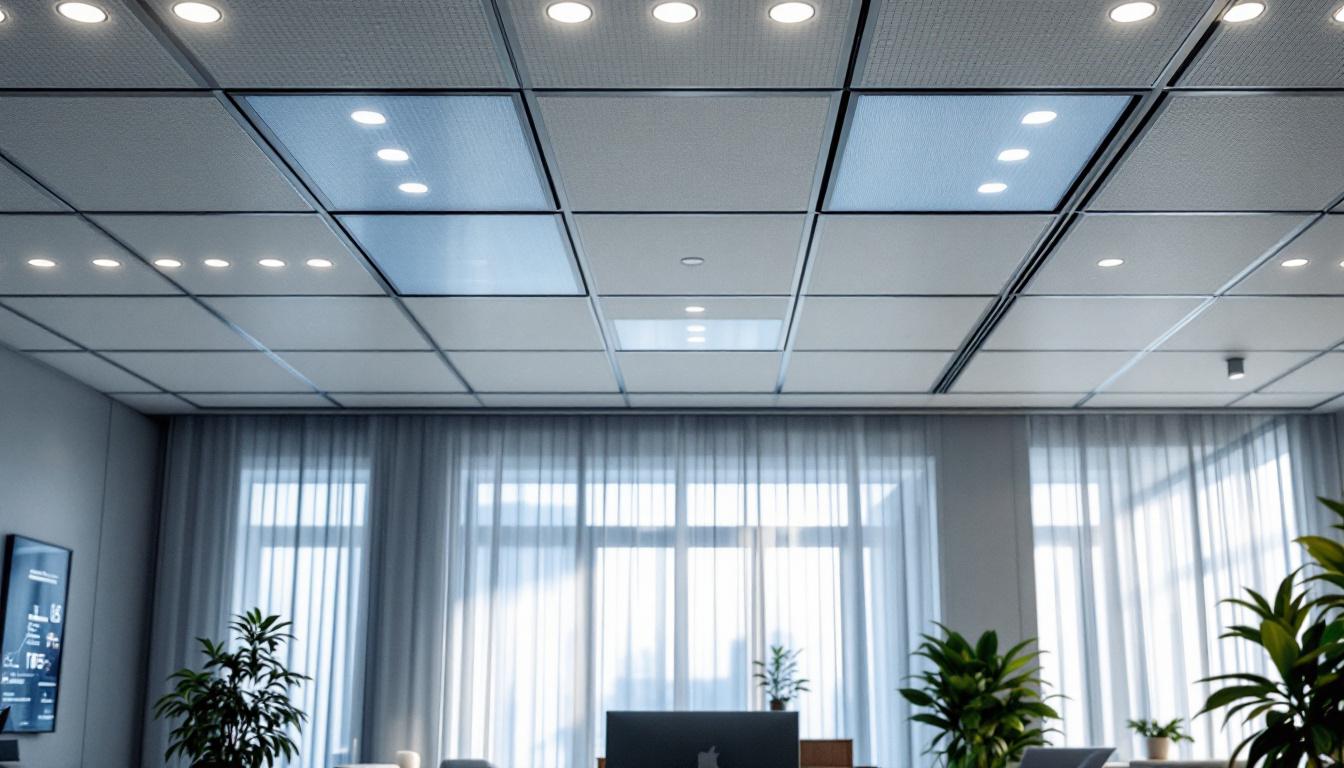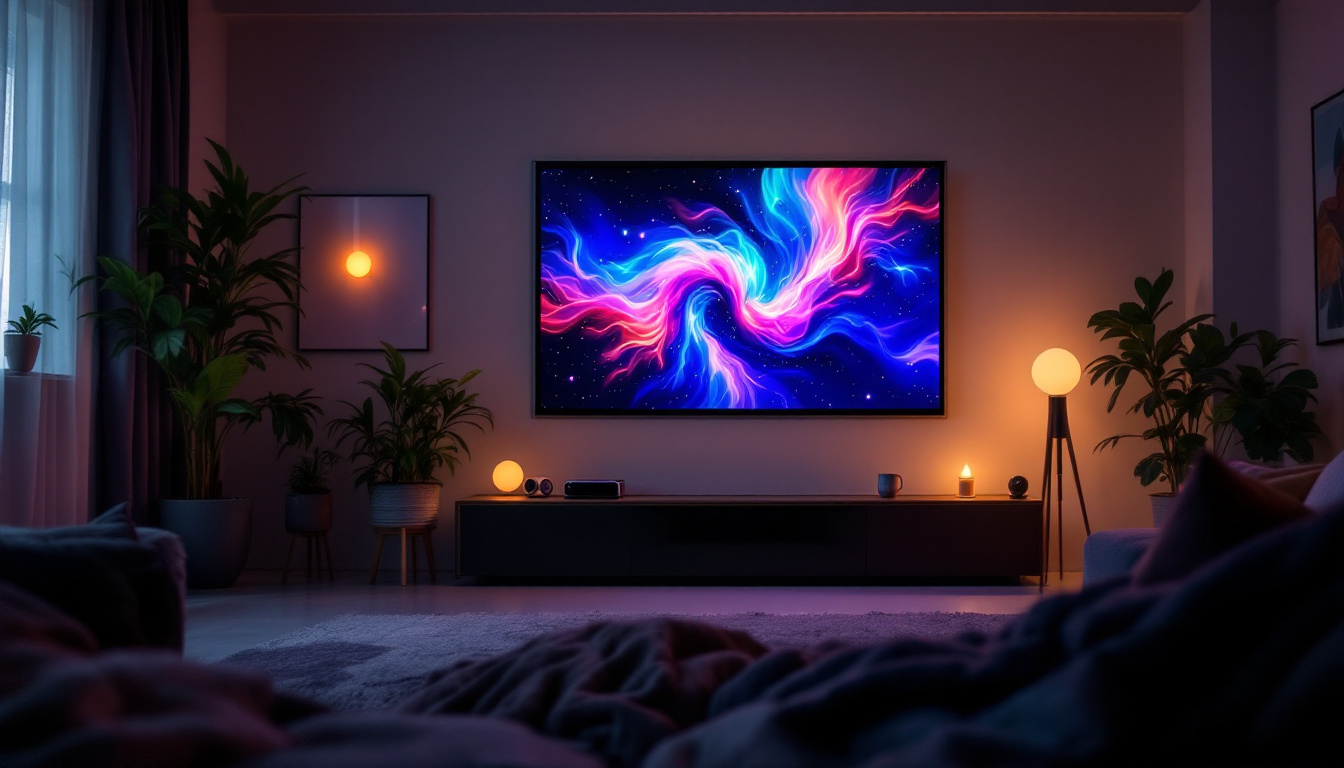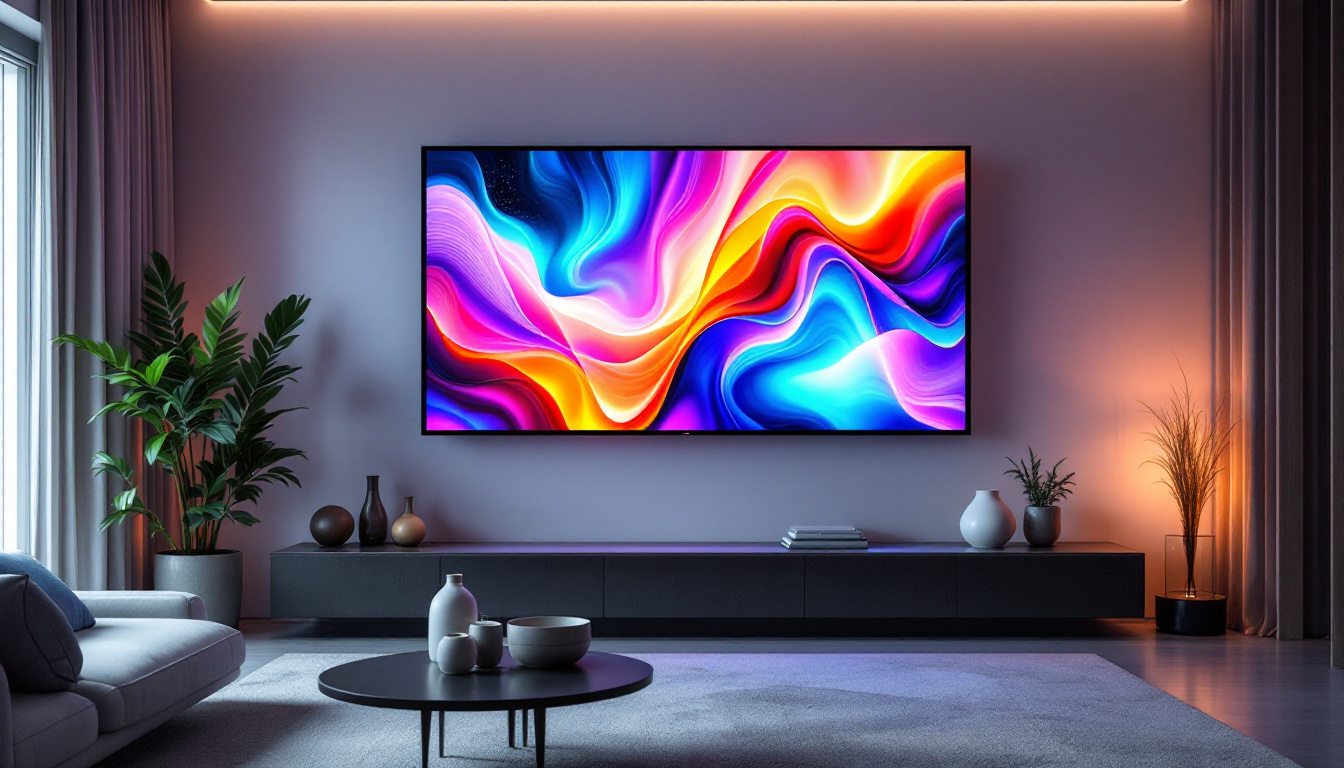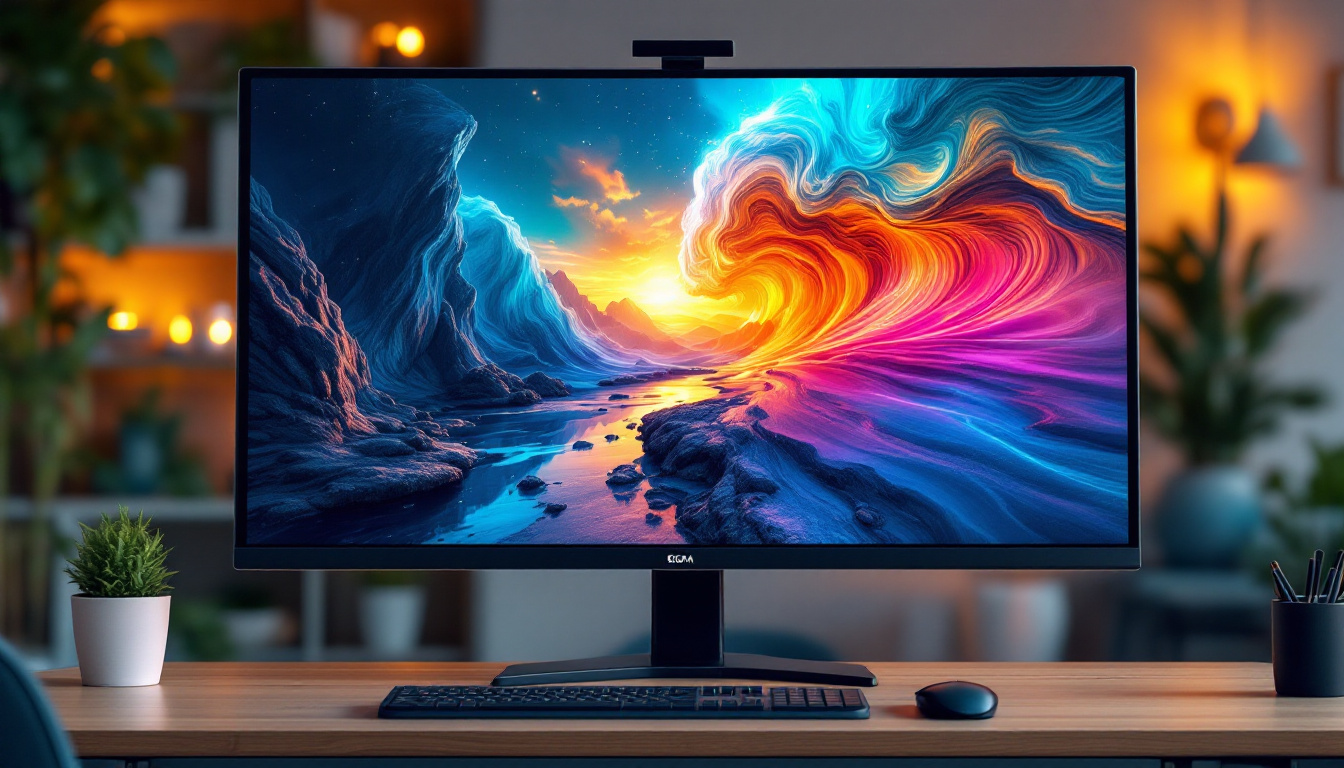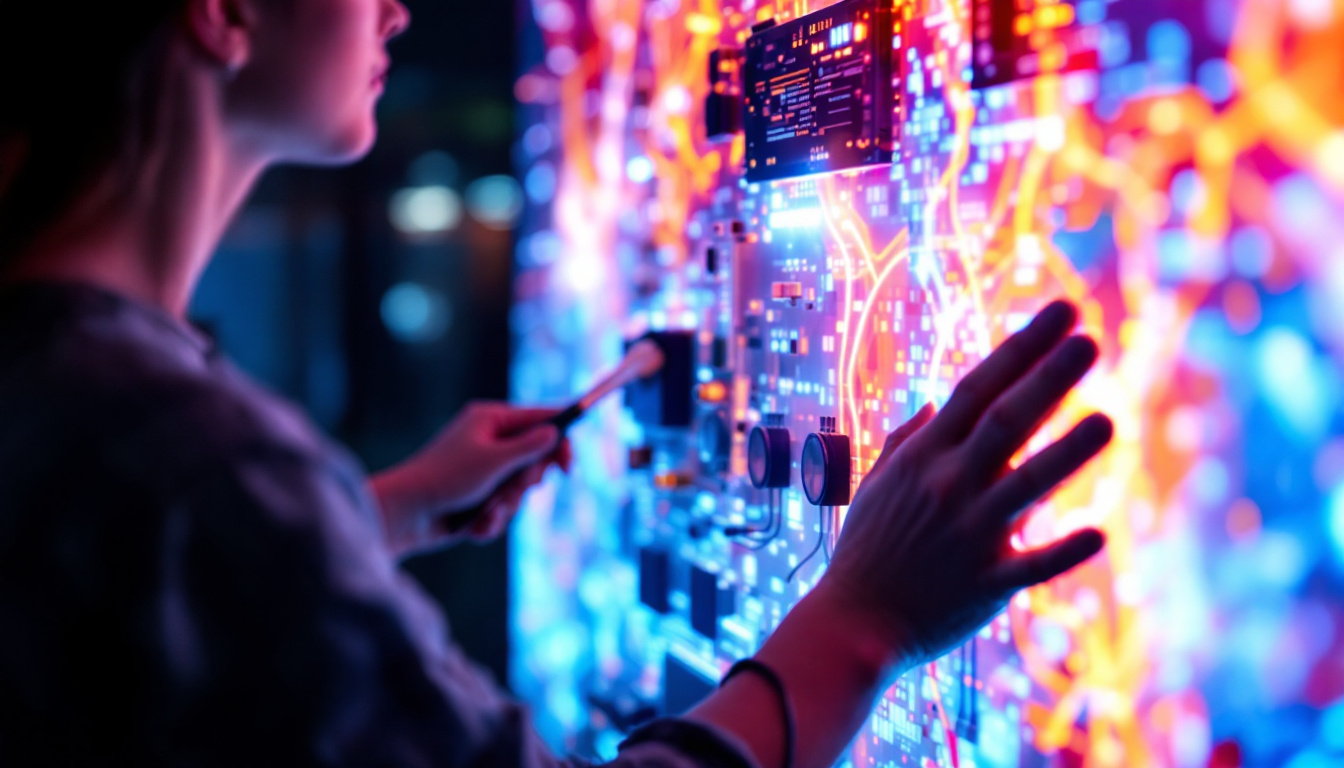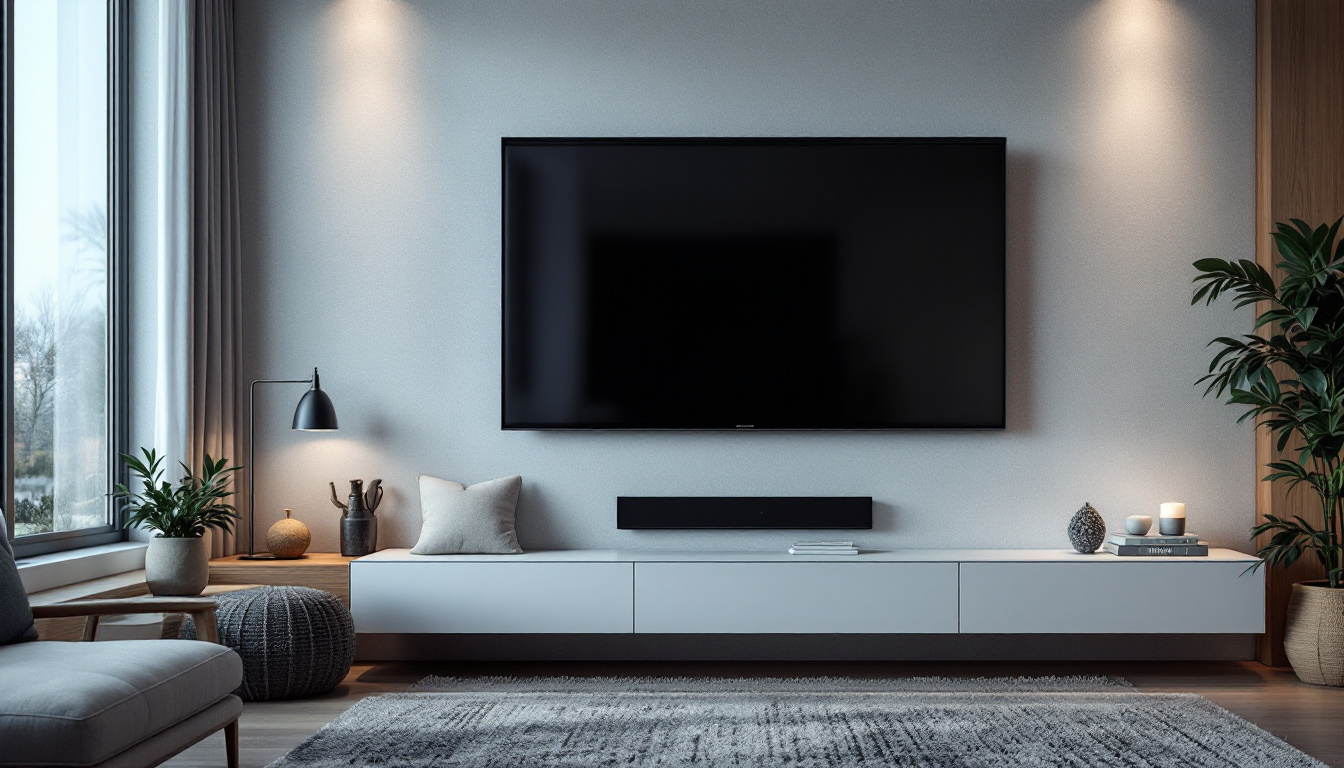The integration of video technology with traditional print media has transformed the way information is conveyed. One of the most innovative advancements in this realm is the use of LED displays in print. This article delves into the concept of video in print, exploring the technology behind LED displays and their applications across various industries.
Understanding LED Technology
Light Emitting Diodes (LEDs) are semiconductor devices that emit light when an electric current passes through them. This technology has evolved significantly, leading to the development of vibrant, energy-efficient displays that can be used in a variety of formats. From televisions to digital billboards, LEDs have become ubiquitous in modern visual communication. The efficiency of LEDs not only contributes to lower energy consumption but also results in longer lifespans compared to traditional lighting options, making them a sustainable choice for both consumers and businesses alike.
The Basics of LED Displays
LED displays are comprised of numerous tiny LED lights arranged in a grid format. Each pixel in the display is made up of red, green, and blue LEDs, which can be combined in various intensities to create a full spectrum of colors. This pixel-based design allows for high-resolution images and videos, making LED displays ideal for dynamic content. The technology behind these displays has advanced to include features such as high refresh rates and enhanced color accuracy, which further enhance the viewing experience. As a result, LED displays are not only used for entertainment but also for educational purposes, where clarity and detail are essential.
One of the key advantages of LED technology is its brightness and visibility. Unlike traditional print, which can fade or become difficult to read under certain lighting conditions, LED displays maintain clarity and vibrancy, even in direct sunlight. This feature makes them particularly useful for outdoor advertising and events. Furthermore, the ability to adjust brightness levels dynamically allows for optimal viewing experiences in varying environmental conditions, ensuring that content is always presented in the best possible light.
Types of LED Displays
LED displays come in various types, each suited for specific applications. The most common types include:
- Direct View LED Displays: These are large screens made entirely of LEDs, often used for digital signage and advertising.
- LED Video Walls: Composed of multiple smaller LED panels, these walls can create a seamless large display, perfect for concerts and events.
- Transparent LED Displays: These innovative displays allow for visibility through the screen, making them ideal for retail environments where products need to be showcased alongside digital content.
In addition to these common types, there are also specialized LED displays designed for specific industries. For instance, sports arenas often utilize high-definition LED scoreboards that not only display scores but also provide instant replays and advertisements, enhancing the overall spectator experience. Similarly, in the automotive industry, LED technology is being integrated into vehicle displays, providing drivers with crucial information in a clear and engaging manner. This versatility of LED technology continues to drive innovation across various sectors, highlighting its importance in contemporary visual communication.
Applications of LED Displays in Print Media
The combination of LED displays with print media has opened up new avenues for advertising, marketing, and information dissemination. This section explores the various applications of LED technology in print environments.
Dynamic Advertising
One of the most significant applications of LED displays in print is dynamic advertising. Traditional print ads are static and can quickly become outdated. However, with LED integration, advertisements can be updated in real-time, allowing businesses to promote current offers, events, or seasonal products without the need for new print runs.
This flexibility not only saves costs but also enhances engagement. Studies have shown that dynamic content captures attention more effectively than static images, leading to higher conversion rates. Retailers, in particular, have leveraged this technology to create eye-catching displays that draw customers in. For example, a clothing store might showcase a vibrant LED display featuring a rotating selection of their latest fashion items, complete with animated graphics that highlight special discounts or limited-time offers, enticing passersby to enter the store.
Interactive Experiences
LED displays can also be used to create interactive experiences for consumers. By incorporating touch technology or motion sensors, businesses can engage customers in a more immersive way. For instance, a print advertisement could feature an LED display that allows users to interact with the content, such as browsing through product options or accessing additional information.
This level of interactivity not only enhances the customer experience but also provides valuable data to businesses. By tracking user interactions, companies can gain insights into consumer preferences and behaviors, allowing for more targeted marketing strategies. Additionally, gamification elements can be introduced, where customers participate in quizzes or games displayed on the LED screen, rewarding them with discounts or freebies, thereby further increasing foot traffic and brand loyalty.
Event Promotion and Signage
At events such as trade shows, conferences, and festivals, LED displays serve as powerful tools for promotion and signage. They can be used to display schedules, speaker information, and promotional videos, ensuring that attendees are informed and engaged.
Moreover, the ability to change content on-the-fly allows event organizers to respond to real-time developments, such as schedule changes or emergency announcements. This adaptability enhances the overall experience for attendees and helps maintain a professional image for the event. In addition, LED displays can be strategically placed to guide attendees through the venue, providing directions and highlighting key areas of interest, such as exhibition booths or networking lounges. The vibrant visuals can also create an atmosphere of excitement, encouraging attendees to explore and interact with various exhibitors, thus maximizing the event’s impact.
The Benefits of LED Displays in Print
Integrating LED displays into print media offers numerous benefits that can significantly enhance marketing efforts. Here are some key advantages:
Cost-Effectiveness
While the initial investment in LED technology may be higher than traditional print, the long-term cost savings can be substantial. The ability to update content without reprinting materials reduces waste and allows for more efficient use of resources. Additionally, the durability and energy efficiency of LED displays contribute to lower operating costs over time.
Enhanced Visibility
LED displays are known for their brightness and clarity, making them highly visible in a variety of lighting conditions. This enhanced visibility ensures that messages are communicated effectively, whether in a bustling retail environment or at a large outdoor event. The vibrant colors and dynamic content also attract attention, increasing the likelihood of audience engagement.
Environmental Considerations
As businesses increasingly focus on sustainability, LED technology presents an environmentally friendly option. LEDs consume significantly less energy than traditional lighting solutions, contributing to lower carbon footprints. Furthermore, the longevity of LED displays means fewer replacements and less waste, aligning with ecological goals.
Challenges and Considerations
Despite the many advantages of LED displays, there are also challenges and considerations that businesses must address when integrating this technology into print media.
Initial Investment Costs
The upfront costs associated with purchasing and installing LED displays can be a barrier for some businesses. While the long-term savings may offset these costs, smaller companies or startups may find it challenging to allocate budget for such investments. Careful financial planning and consideration of return on investment are essential.
Content Management
Managing content on LED displays requires a strategic approach. Businesses must ensure that the content is not only visually appealing but also relevant and timely. This may involve dedicating resources to content creation and management, which can be a challenge for organizations with limited marketing teams.
Technical Maintenance
Like any technology, LED displays require regular maintenance to ensure optimal performance. This includes cleaning, software updates, and potential repairs. Organizations must be prepared to invest time and resources into maintaining their displays to avoid disruptions in service.
The Future of Video in Print
The integration of LED displays in print media is still evolving, and the future holds exciting possibilities. As technology continues to advance, new applications and innovations are likely to emerge.
Advancements in Display Technology
Future advancements in LED technology may lead to even more sophisticated displays. Innovations such as flexible LED screens, higher resolutions, and improved energy efficiency are on the horizon. These developments will further enhance the capabilities of LED displays, making them even more appealing for print integration.
Augmented Reality Integration
Augmented reality (AR) is another area where LED displays could see significant growth. By combining AR with LED technology, businesses can create immersive experiences that blend the physical and digital worlds. For example, a print advertisement could incorporate an LED display that, when viewed through a smartphone app, reveals additional interactive content or animations.
Broader Adoption Across Industries
As the benefits of LED displays become more widely recognized, their adoption is likely to expand across various industries. From retail to education, healthcare to entertainment, the potential applications are vast. Businesses that embrace this technology early on may gain a competitive edge in their respective markets.
Conclusion
The integration of LED displays into print media represents a significant shift in how information is communicated. By combining the dynamic capabilities of LED technology with traditional print, businesses can create engaging, interactive experiences that capture attention and drive results. While challenges exist, the benefits of LED displays make them an attractive option for organizations looking to innovate their marketing strategies.
As technology continues to evolve, the future of video in print looks promising. With advancements in display technology and the potential for augmented reality integration, the possibilities are endless. Businesses that leverage these innovations will not only enhance their visibility but also create memorable experiences for their audiences.
Discover LumenMatrix’s Innovative LED Solutions
Ready to elevate your brand’s presence and captivate your audience with the latest in LED display technology? LumenMatrix is at the forefront of creating immersive visual experiences that truly stand out. From dynamic indoor and outdoor LED walls to specialized displays for vehicles, sports, and custom applications, our solutions are designed to revolutionize visual communication. Don’t miss the opportunity to transform your messaging with unparalleled clarity and impact. Check out LumenMatrix LED Display Solutions today and step into the future of video in print.

